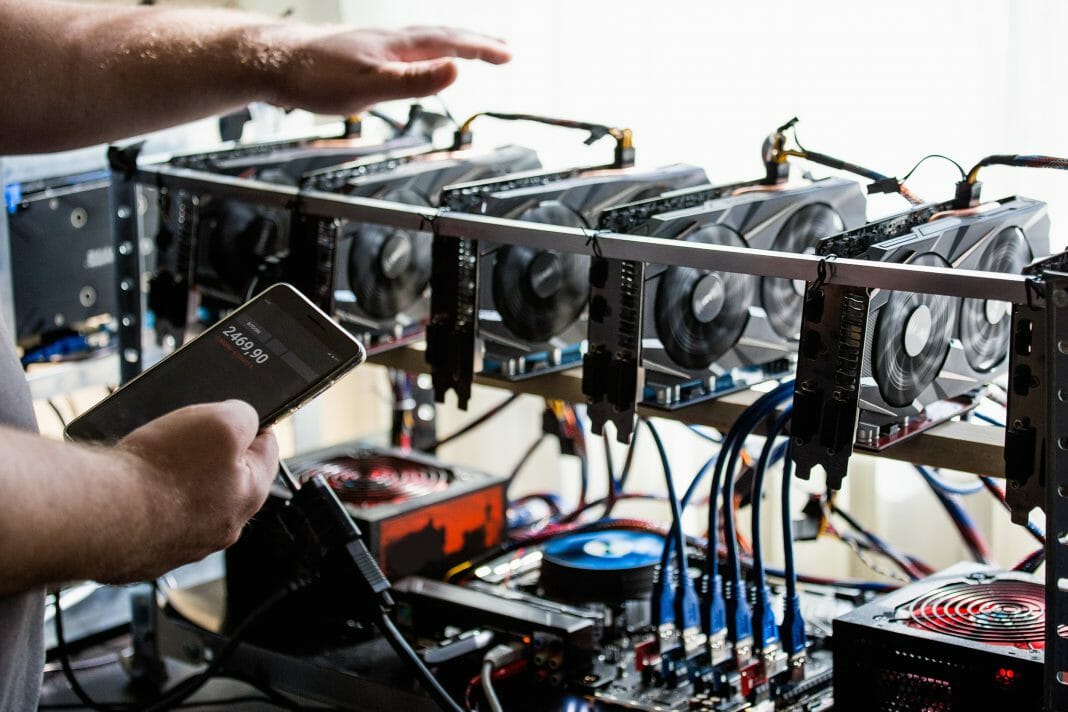Users are playing an essential role in this activation. There are zero tensions in the community, but there is uncertainty in the air until activation begins.
Bitcoin users and developers decided to delegate the initial activation of Taproot to the miners of the network in a meeting held yesterday, February 16, in an online chat room.
The collaborative portal (wiki) Bitcoin explains that the route towards the definitive activation of Taproot will start between March 17 and 31 of this year with the release of the Bitcoin Core software version, which will include the deployment of Taproot commands that the nodes should progressively follow.
On July 23, 2021, once the economic majority of Bitcoin exchanges, investment funds, and others update their nodes, miners will begin to signal the approval of Taproot, which will warn those users who have not yet updated so they can avoid being behind.
When 90% of the network’s processing power (hash rate) supports Taproot, and after two weeks from that moment, Taproot will set its activation on the Bitcoin network.
Miners will still bring back up to users who haven’t updated their nodes until they do. This event is about to happen on August 1, 2021. These activations will lead the entire economy that works on Bitcoin to use Taproot.
Developer Luke Dash Jr. talked about its dissatisfaction with the meeting results, which he said did not receive the needed attendance. In the previous meeting, the attendance surpassed 200 people.
At the meeting, developers and users voted. Twenty-six voters approved to use LOT = false, while LOT = faithful received 19 votes. However, participants were able to vote for both options at the same time. Eleven of the voters chose both options.
The Miners will Accomplish their Goals
During the last major Bitcoin update, a rollout of the Segregated Witness implementation happened (2018), and many miners and users disagreed. Now, this update had to complete itself through a soft fork. On that occasion, an essential part of the miners and users sought to increase the blockchain’s size or weight to include more transactions in each mined block.
Expanding the blocks’ size was considered a scalability solution since it could process more transactions per minute. Still, its critics argued against the potential security risks for Bitcoin (empty blocks, 51% attacks, among others).
In the case of Taproot, the question arises as to whether miners will support this implementation, as the activation command LockinOnTime = false implies that miners would be able to create preventive measures due to the activation of Taproot at any time.
In contrast, the command LockinOnTime = true (LOT = true) allows activating Taproot without the need for miners to adopt it. Still, at the same time, it serves as a protective barrier for the economic minority of Bitcoin (small users of the protocol) until its activation occurs.
By: Jenson Nuñez











